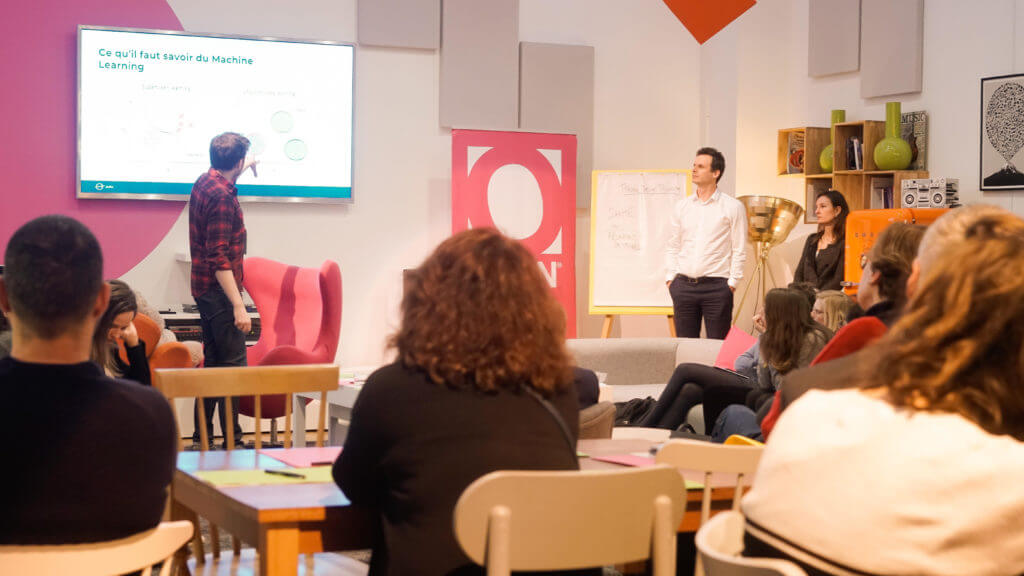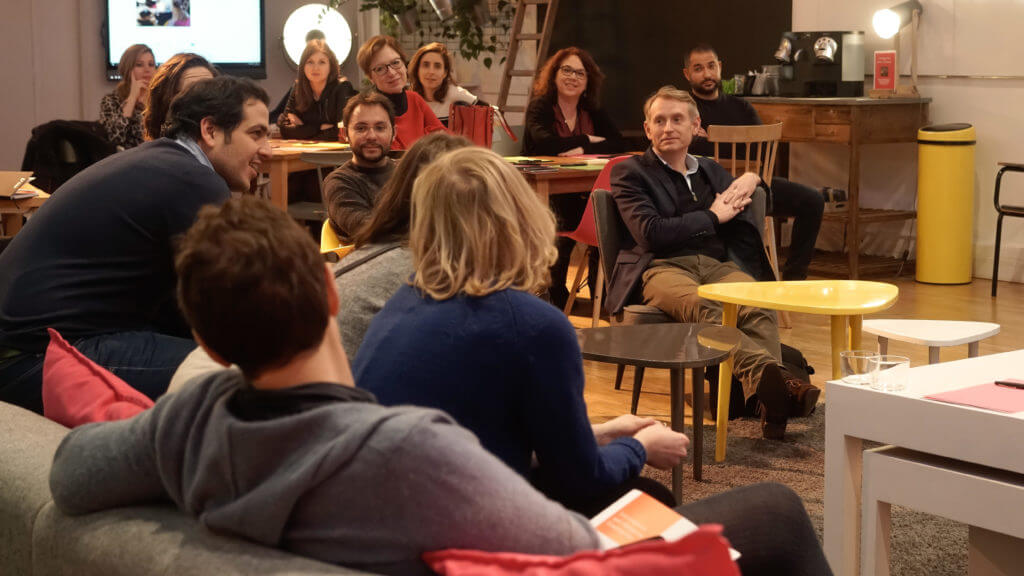Everyone's talking about Artificial Intelligence, which will revolutionize our daily lives with its many technologies: DeepLearning, image and sound analysis, natural language content analysis and authoring, and more.
Thanks to algorithms, we can reduce the time it takes to process the incredible mass of data we are now capable of capturing, and give us the ability to synthesize, forecast or recommend with greater reliability from a volume of data that would be difficult for human beings to process.
But beyond our knowledge of these technologies, what are the Artificial Intelligence applications we could consider to help us in our day-to-day work?
Automatic analyses of competitors or suppliers for more efficient sourcing; increasingly relevant proposals for alternative or complementary products; emotional analysis to assess the impact of a service or product, or even the analysis of business processes to automate them, thanks to "intelligent assistants".
This was the question 2 of our consultants had to answer, as they took part in a workshop led by Martin Labrousse, Innovation and digital transformation coach, and Antoine Krajnc, CEO of Jedha Bootcamp, a Data Science and AI training organization, at the Openmind Kfé de la Boétie.

The aim of the workshop was toinvent artificial intelligence solutions based on relevant use cases, using the Design Thinking method.
Design Thinking is a problem-solving project approach based on a 4-phase evolutionary process (5 if the solution is tested) that stimulates innovation.
- The aim of the first phase is to put ourselves in the user's shoes, to better understand their needs. Defining the problem from the user's point of view will enable us to change the starting data and think differently.
- The second phase consists of expressing the problem(s) and pain points encountered by users, with the aim of finding the best possible response. It also enables us to identify areas for improvement. This phase provides the framework for the idea generation phase, not only by setting the objectives to be achieved, but also by providing the keys to future arbitration. Not all ideas can be retained or pursued simultaneously, so arbitration, prioritization and organization are essential.
- The third phase is, of course, a collective ideation session, leading to the choice of a concept or solution. The Design Thinking method enables teams to collaborate and produce ideas together, thus reinforcing their commitment to the final solution. Prior knowledge of the various existing technologies enables us to use the techniques that best meet our needs to come up with the solution.
- In the fourth phase, the imagined solutions are mocked up. A prototype of the best solution imagined is then chosen by the group.

This Design Thinking method is often used by our consultants as part of the digital transformation projects they are entrusted with, as it facilitates user onboarding and buy-in, and speeds up the requirements gathering phase.
Univers Retail is proud to announce that, following the presentation of the mock-ups, the solution devised by our two consultants met with unanimous approval.

